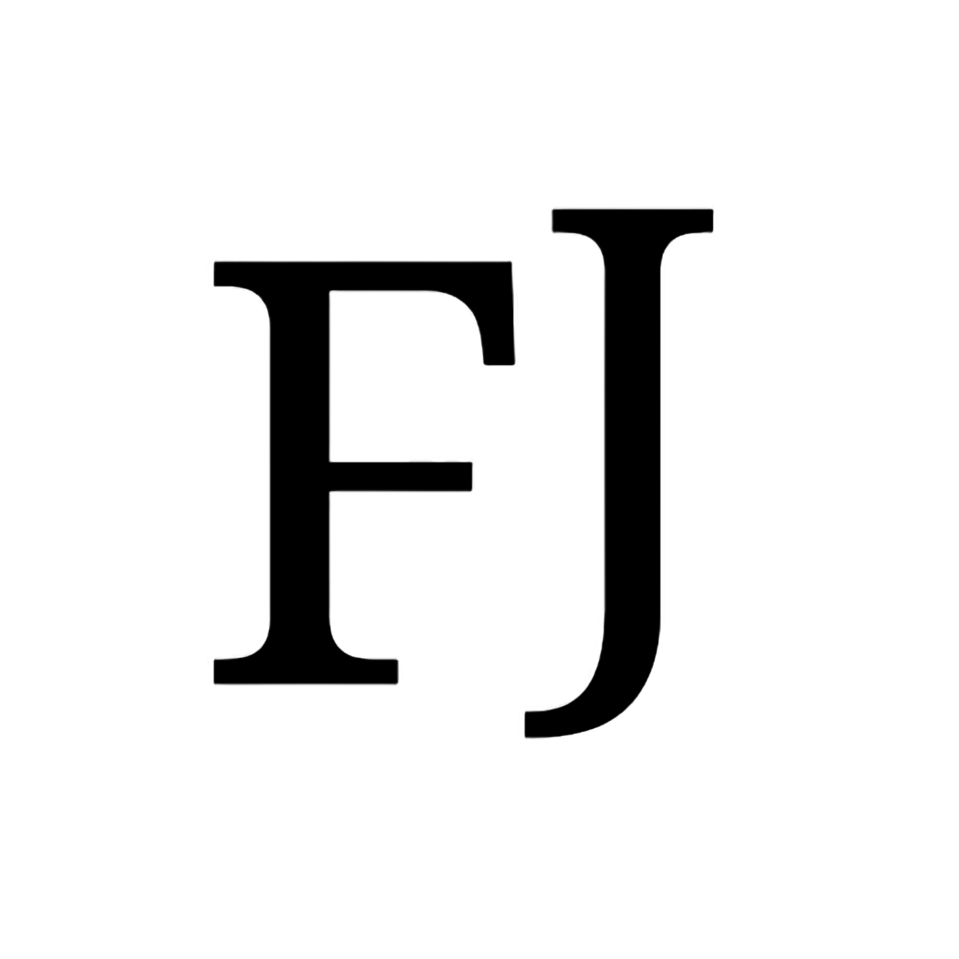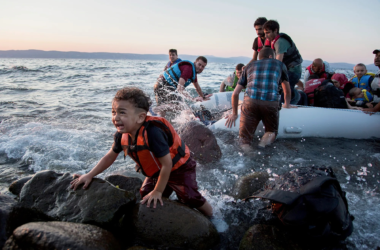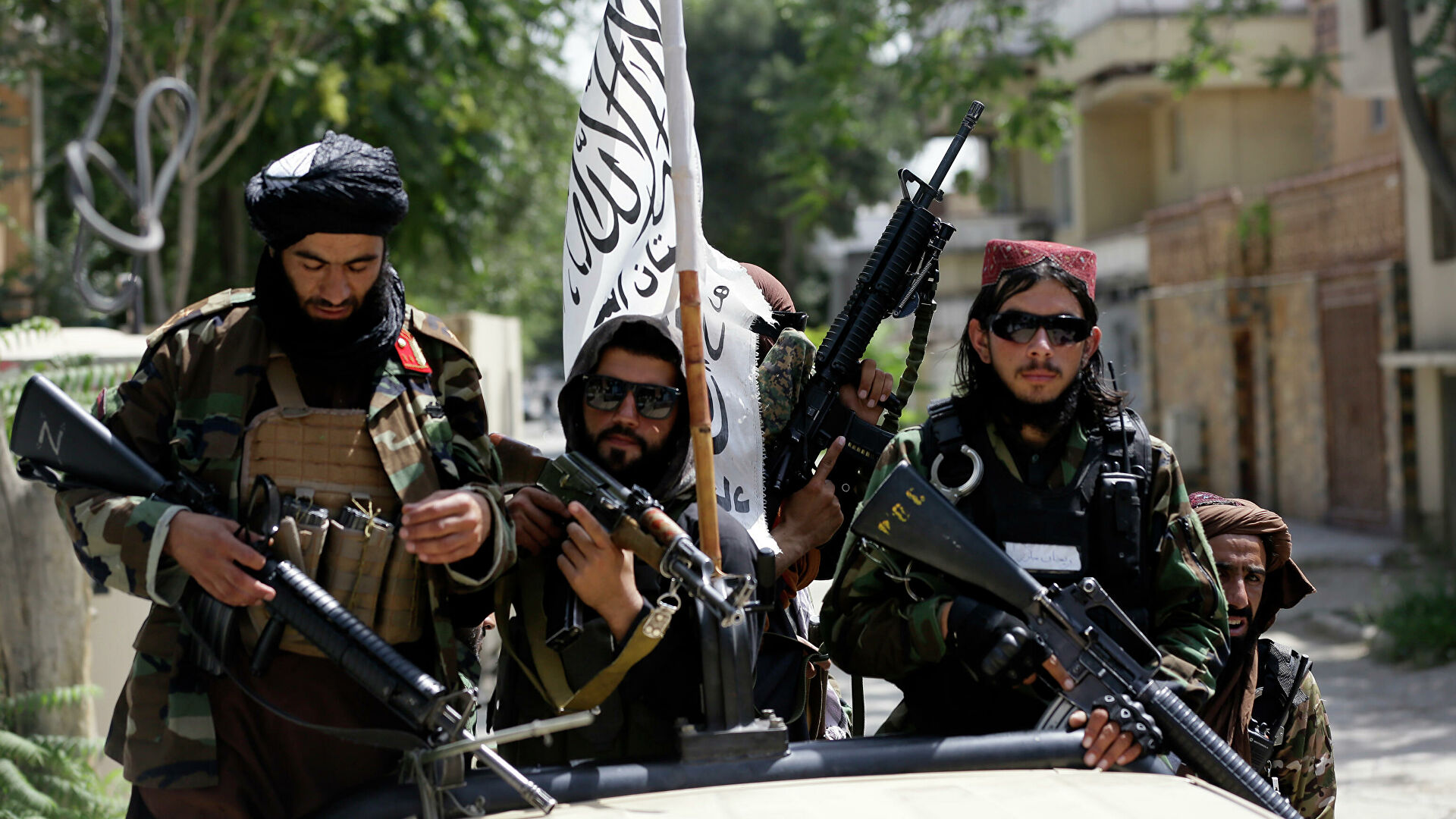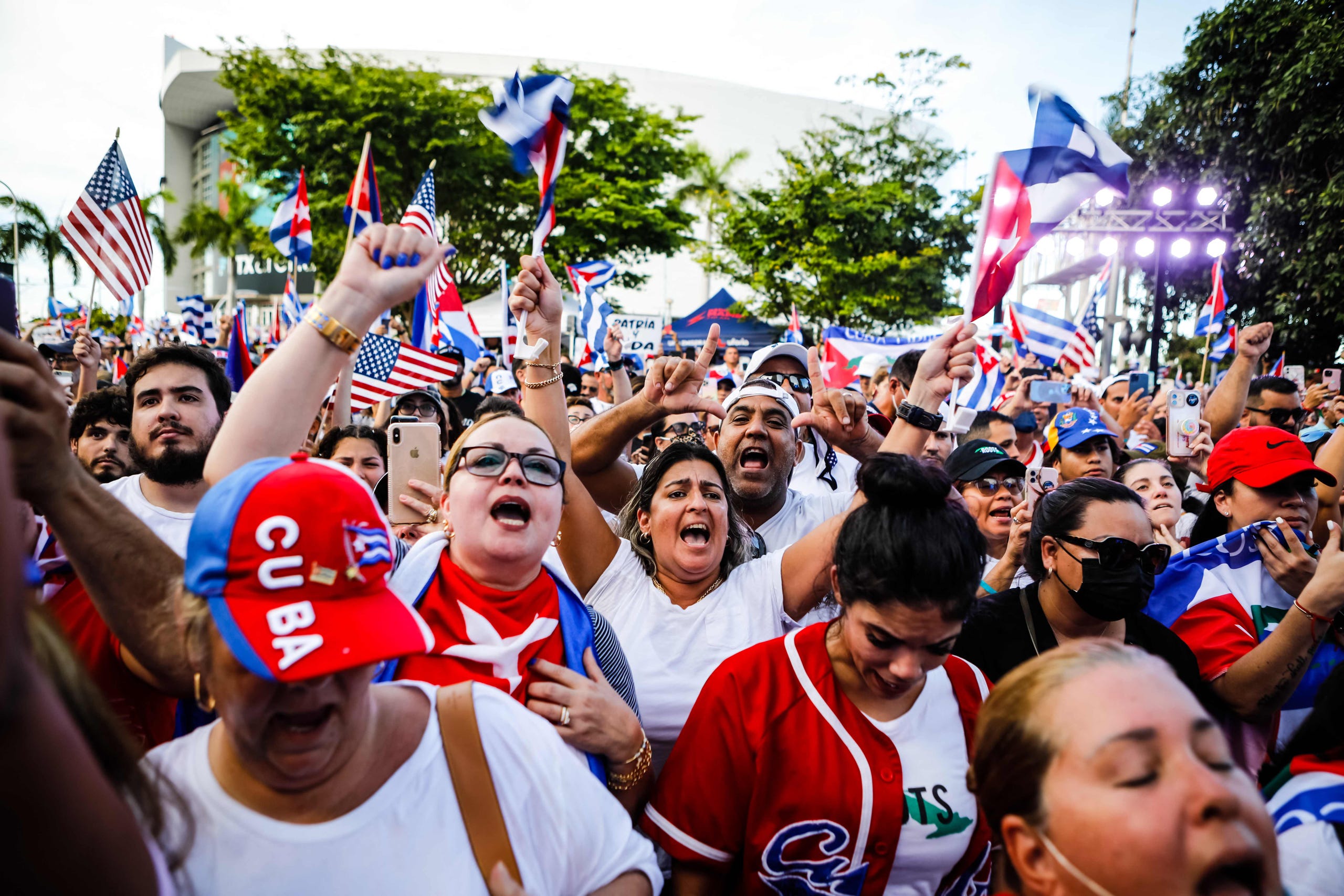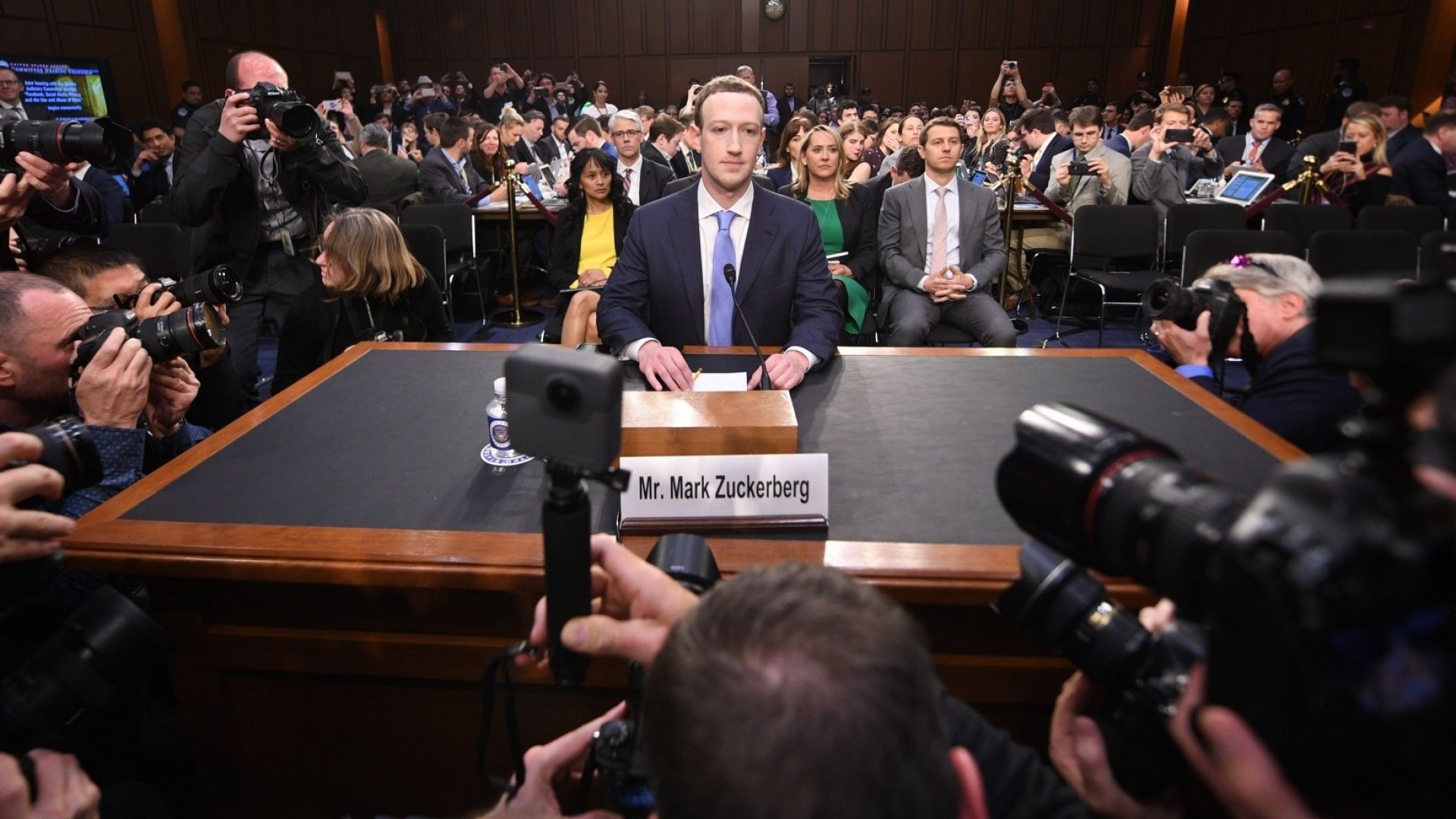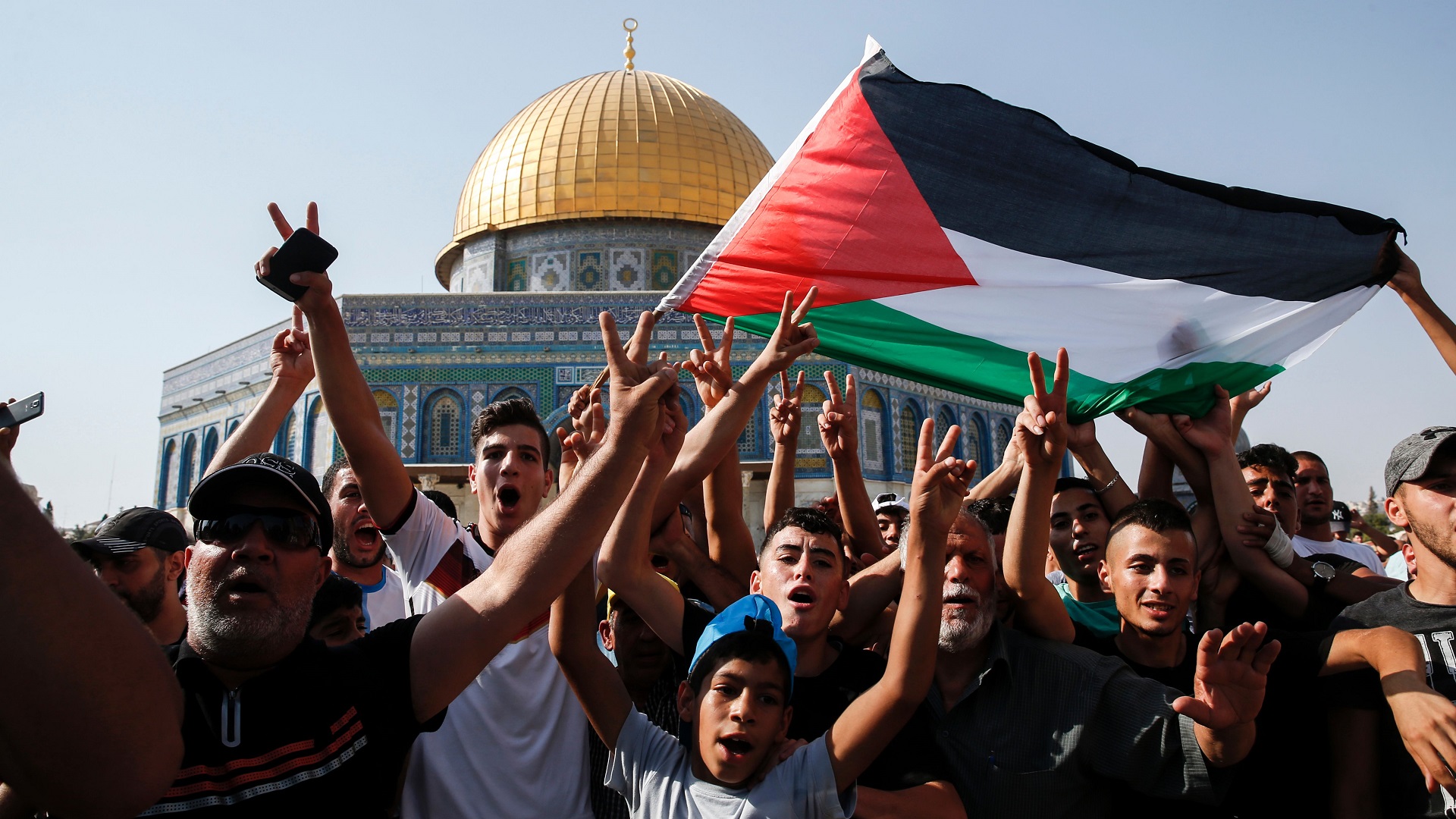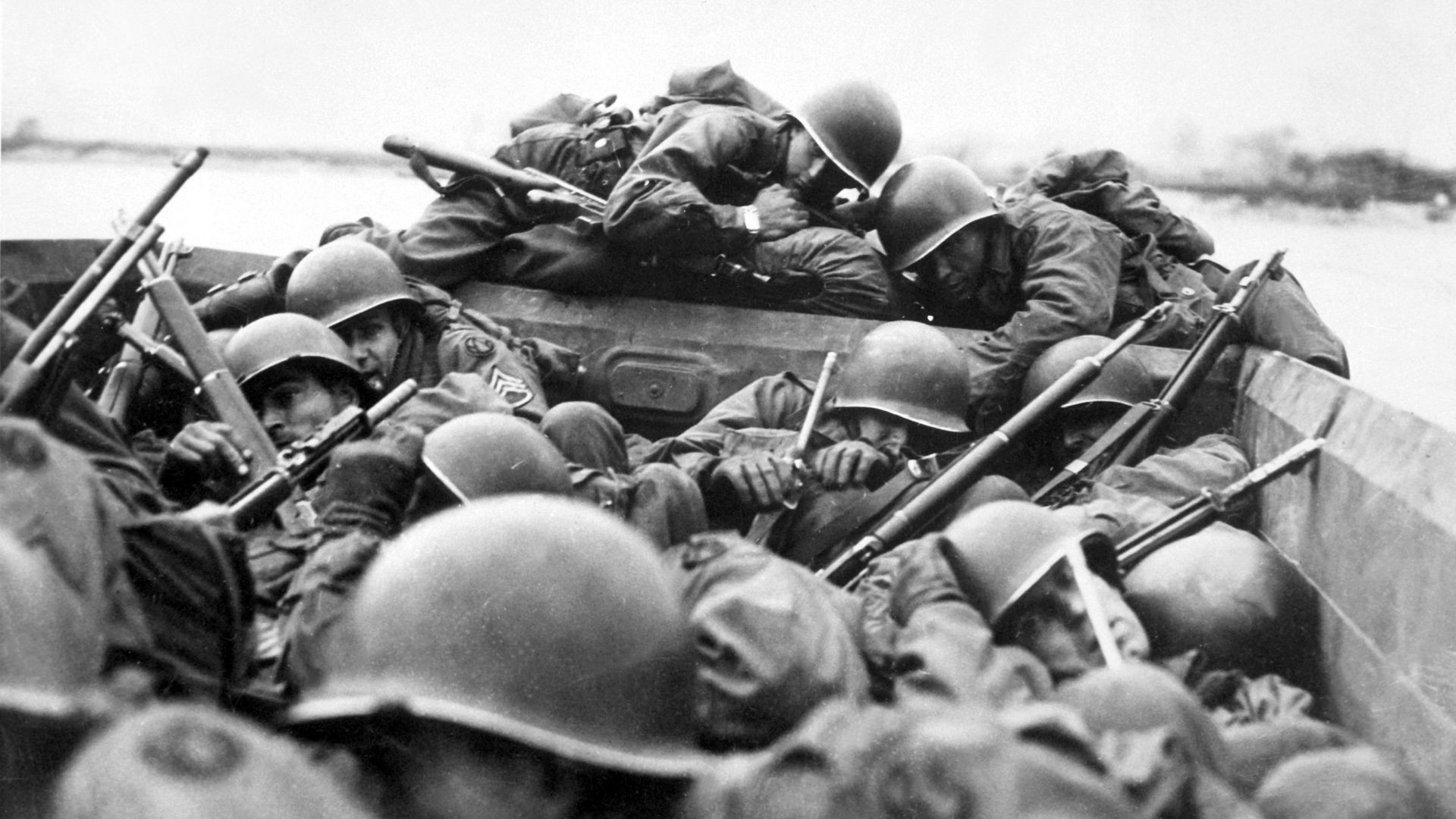ABSTRACT
There is very little time left for the 13th Presidential election of Iran, which will be held on June 18, 2021. Of the 592 applicants, only 7 were allowed to run for president by the Council of the Guardians of the Iranian Constitution. Which candidates are in contention? Who could be the winner of the election? What viewpoints are Iran divided into? Before answering these questions, we should take a look at the history of the revolution and its struggles for power.
Key words: Election, Iran, Mossadegh, Revolution, Velayet-i Fakih, Revolutionary Guards
INTRODUCTION
The beginning of this process began with Iran‘s attempt to modernize itself in the late 19th century. The Constitutional Revolution (1905), which aimed to combat western imperialists and establish a constitutional monarchical regime, was the beginning of this situation. The invasion of Iran by different countries in the First World War led to the emergence of separatist movements in Iran, and the foundations of modern Iran were laid by starting the Reza Shah era. During World War II, Iran was occupied again by the Soviets and the British. As a result, nationalist movements increased and oil was nationalized. In this process, the policies carried out by the National Front Movement and Mossadegh were apprecia|ted by the public, and in 1951 Mohammad Mossadegh took the chair of the Presidency. The period of Mossadegh was the scene of discussions with both England, the USA, and the Shah of Iran, and his power could last until 1953. It didn’t take long for the US to try to be moderate in relations with Iran, unlike Britain, according to the Cold War policy at the beginning, and a new era was opened in Iran with the Republican Dwight Eisenhower’s sitting in the US Presidency. With the CIA-MI6 partnership, Operation Ajax took place in Iran in 1953, and the Mossadegh era ended. This Coup was a rehearsal of the 1979 Revolution. “In Iran, the Pahlavi Kingdom was overthrown in 1979 and a theocratic state system was established under the leadership of Ayatollah Khomeini under the name of the Islamic Republic.”(Fanıd,2020) With the support of the ulama, a tradition-based regime was formed in the modernization process. Before the revolution, some changes were made, such as the powers of the Shah, giving it to the guide thanks to the doctrine of velayet-i faqih, which is the interpretation of political Shiism, or the introduction of the concept of “Maslahat”, which means that religious rules can be abandoned if necessary for the public interest. Although it had theocratic practices, secularization began in Iran. ‘’In the unitary state system of Iran, the power structure is shared between the legislative, executive, judicial organs that are apparently in modern systems, and the Vilayet-i Fakih (Guide) which is a religious/traditional institution. But when we take the constitution as a basis, we can see the absolute dominance of the Vilayet-i Fakih over all institutions and organizations.” (Fanıd,2020) Therefore, we can interpret that the political system is shaped around powerful personalities rather than institutions.
BREAKUPS BEGIN
We see that nationalists gathered around the National Front Party, socialists and communists in the Tudeh Party, and Islamists around the Fedayan-i Islam Party during the Mossadegh period. After the 1979 Iranian Revolution, all these fronts gathered in the Islamic Republican Party. In fact, the people, who were divided into radicals and reformists after the Revolution, gathered with the Islamic Republican Party, but with the collapse of the Provisional Government, the radicals took the lead. This time, they disagreed on whether the control in society and politics should be limited or unlimited, and they divided into two as Imam’s Way (control should be in all areas) and Hücettiye (control should only be in religious matters). With the Iran-Iraq war, Imam’s Way won this debate. After Khomeini’s death, Khamenei, who was the supporter of the Imam’s Way, was elected as the guide and Rafsanjani was elected President. With the support of Khamenei, conservatives dominated the Imam’s Way, which was divided into three as Islamic left radicals, conservatives and pragmatics. The victory of the conservatives resulted in an alliance with the radicals, dominated by the pragmatics. At the time of the 2005 Presidential elections, the reformists met the needs of the people, who were now in search of a new one, but their rivalry against the conservatives did not last long and the winner of the election was the conservative Mahmud Ahmadinejad. The people, who wanted to choose a moderate direction apart from the Reformist-Conservative conflict, elected Hassan Rouhani as President. Today, it would be correct to say that the Iranian political system is divided into three wings. These are the conservatives (Usulgeras), Reformists (Islahdemands) and Moderates (Itidalgeras).
Conservatives, whose administration is in the hands of the clergy, have a strong religious sensibility and a structure that does not compromise their ummahist line. In the previous Presidential elections, they gave 38% support to İbrahim Reisi, the President of the Judiciary, who is a candidate again this year. The reformists, who argue that they can get out of this difficult situation that the Islamic world has fallen into, only by returning to the essence of Islam and making some modernizations in the constitution, generally have the support of the urban middle classes and elites. As the rivalry between Conservatives and Reformists deepened, Moderates emerged who wanted to find common ground. The problems that Rouhani, the leader of the moderates, had with the USA in the context of the nuclear agreement and the fact that he did not meet the reform demands of the people as before, reduced the support of the people for Rouhani.
WHO ARE THE CANDIDATES
So, what are the balances in Iran’s political scales as the elections approach? The politicians, who complained about the low turnout in the elections, continued their electoral policies while trying to encourage the people to vote. Head of Judiciary İbrahim Reisi is one of the most popular candidates, who lost 2nd against Hasan Rouhani in the 2017 elections. The participation of the Revolutionary Guards in politics, which has increased markedly since the 1990s, continues in this period as well. “The reformers wanted the Revolutionary Guards to remain neutral as soldiers and criticized the Guard’s entry into the political arena. On the other hand, the Revolutionary Guards see themselves as a political and cultural force, not just a military force and state that they oppose any threat to the revolution from all directions.’’(Sinkaya,2010) The candidacy of Muhsin Rızai, the former General Commander of the Revolutionary Guards Army and General Secretary of the Council for the Diagnosis of the Benefit of the Order, who won the sympathy of the public by bringing together two important themes as a result of the failures of the conservatives and reformists and said, “I am entering the election scene as a soldier of the homeland” when he met with social media activists. He became the second Presidential candidate to be accepted. Three more candidates from the conservative front were nominated. Said Jalili, former Secretary General of the Supreme National Security Council and Chief Nuclear Negotiator, served as the Deputy Foreign Minister responsible for the Europe and America region. Candidates of Deputy Emir Hüseyin Kadızade Hashemi and Former Deputy Ali Rıza Zakani were accepted. The candidacy of the reformist front’s favorite candidates, First Deputy President İshak Cihangiri, former Iranian Parliament Deputy Mesud Pizişkiyan and Mustafa Taczade, were not accepted. Former Vice President and former Governor of Isfahan Muhsin Mihralizade and Central Bank Governor Abdunnasır Himmeti came out as candidates from this front.
RESULT
Generally speaking, the candidacy of Head of the Judiciary İbrahim Chief, Former Revolutionary Guards Army General Commander Muhsin Rızai, Nuclear Chief Negotiator Said Celili, Deputy Emir Hüseyin Kadızade Hashemi, Former Deputy Ali Rıza Zakani, Former Vice President Muhsin Mihralizade, Central Bank Governor Abdunnasır Himmeti accepted. and the first five of these names are conservative and the other two are known for their reformist policies. It would be wrong to get the impression that the presidential elections will be between Conservatives and Reformists. When we look at the mass supported by the public, the race is not between reformists and conservatives, but between conservatives and conservatives. The likely winner is İbrahim Reisi. However, the “President of Military Origin” trend that has existed for the last twenty years is too important to ignore.
This article was prepared by İrem Albayrak for The FEAS Journal before the 13th Iranian Elections.
REFERENCES
BBCNews, 25 Mayıs 2021, İran’da cumhurbaşkanlığı seçimlerinde yarışacak adaylar kimler? https://www.bbc.com/turkce/haberler-dunya-57244768
ERGİNBAŞ Esin, 2020, İRAN CUMHURBAŞKANLIĞI SEÇİMLERİ: ÖNE ÇIKAN MUHTEMEL ADAYLAR, İran Araştırmaları Merkezi https://iramcenter.org/iran-cumhurbaskanligi-secimleri-one-cikan-muhtemel-adaylar/
CANER Mustafa, 2016, İRAN SEÇİMLERİ ÜZERİNE BİR DEĞERLENDİRME, ORSAM https://ormer.sakarya.edu.tr/20,3,,59,iran_secimleri_uzerine_bir_degerlendirme.html
ÇIRAKOĞLU Ahmet & SAYIN Hüdayi, 2019, İRAN’DA SİYASİ EKOLLER ÜZERİNE BİR DEĞERLENDİRME, cilt.6, s.85-112 https://dergipark.org.tr/tr/download/article-file/744193
FANID Nematollah Aghabalaei, 2020, İRAN’IN İDARİ TEŞKİLAT SİTEMİ, Oğuzhan Sosyal Bilimler Dergisi https://dergipark.org.tr/en/download/article-file/1349164
KANADIKIRIK Halil, 2019, GELENEK VE GELENEK İCADI ARASINDA: İRAN SİYASAL KÜLTÜRÜNDE HUMEYNİ REJİMİNİN YERİ, Dumlupınar Üniversitesi Sosyal Bilimler Dergisi, cilt.60, s.142-154 https://dergipark.org.tr/en/download/article-file/703590
KUDUOĞLU Alptuğ, 2019, İRAN’DA MUSADDIK DÖNEMİ: 1951-1953, İran Çalışmaları Dergisi, cilt.2, s.37-62 https://dergipark.org.tr/en/download/article-file/657488
KUCUK Bahtiyar, 2021, İran: Mahmud Ahmedinejad, cumhurbaşkanlığı seçimleri için adaylık başvurusu yaptı, Euronews https://tr.euronews.com/2021/05/12/iran-mahmud-ahmedinejad-cumhurbaskanl-g-secimleri-icin-adayl-k-basvurusu-yapt
SİNKAYA Bayram, 2010, İRAN’DA ASKER-SİYASET İLİŞKİLERİ VE DEVRİM MUHAFIZLAFRI’NIN YÜKSELİŞİ, S.115-142 https://dergipark.org.tr/en/pub/ortetut/issue/22569/241115
